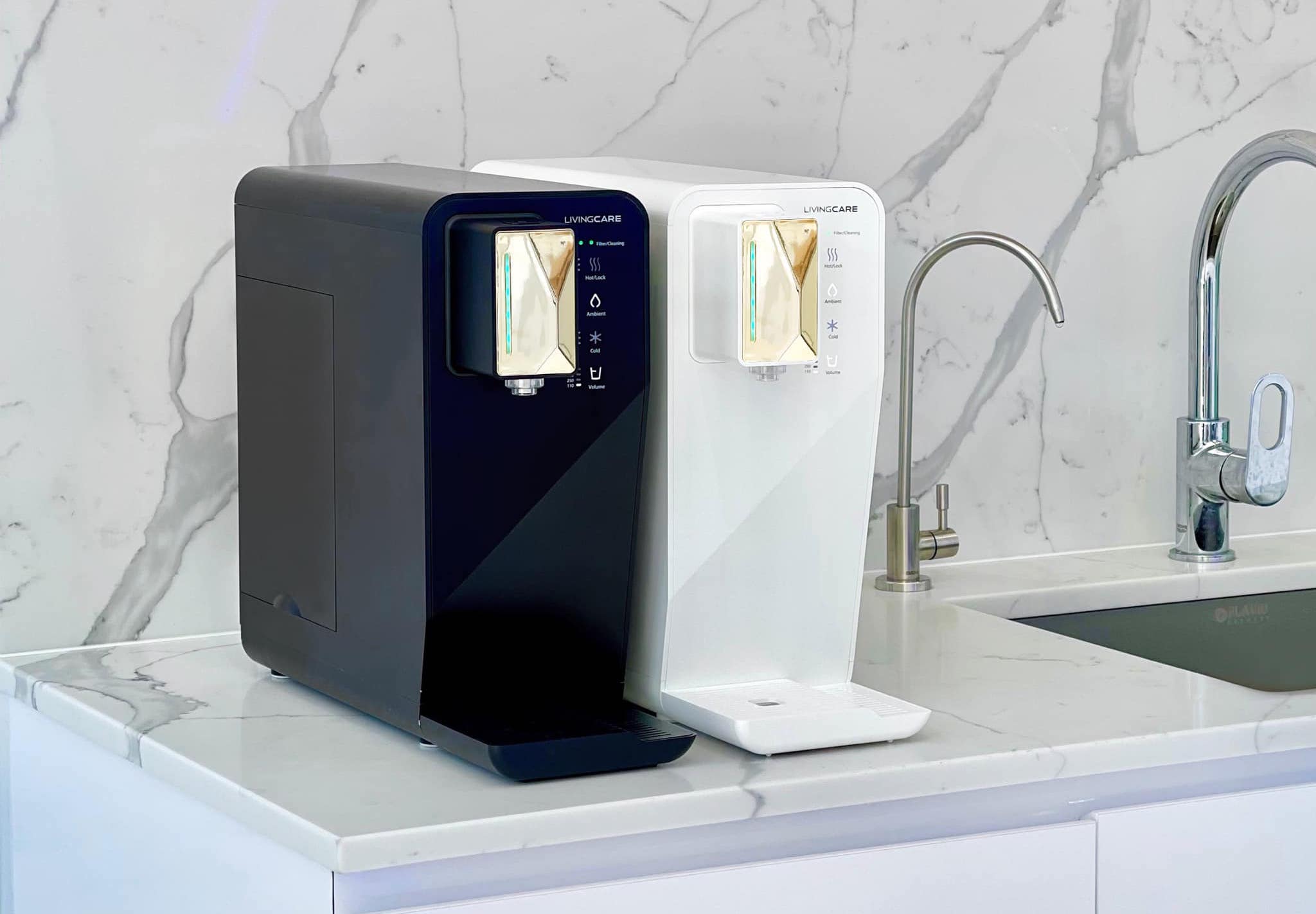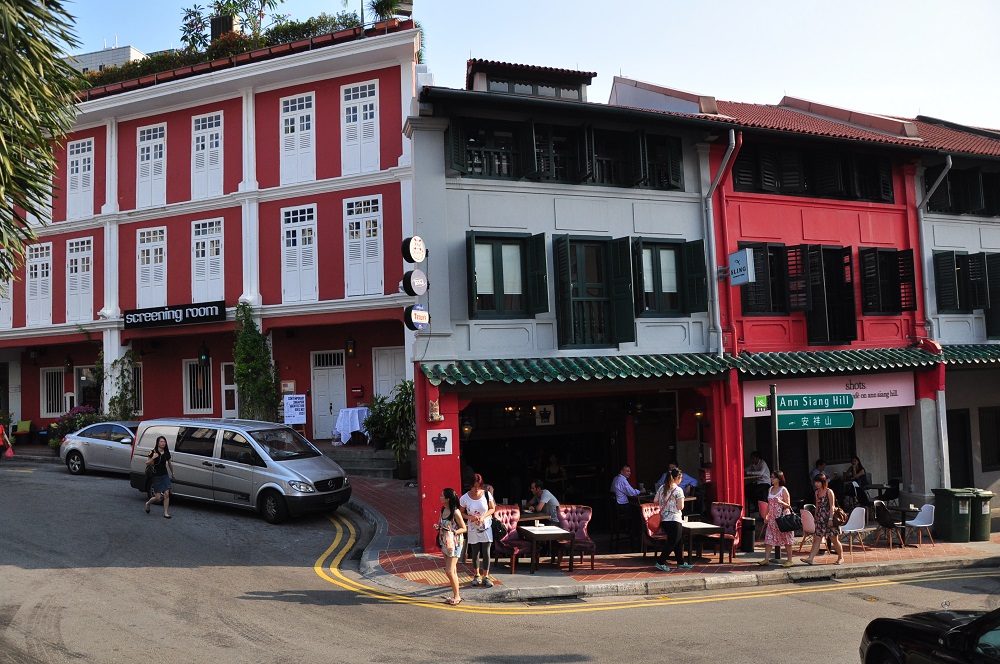He’s an entrepreneur, a blogger and the voice of a new generation of hawkers. Daniel Goh, the man behind two of our favorite craft beer bars—Chinatown Complex Food Centre’s Good Beer Company and Smith Street Taps—was also recently featured in The New York Times. Here, he talks to us about good beer, bad beer and the way forward in preserving Singapore’s hawker heritage.
Like most of my peers, I used to drink Erdinger, Hoegaarden and Stella Artois. They were all right, you know, for what they were. They’re still all right at the right place and the right time.
The big, bold flavors of the Belgian strong dark ale Pauwel Kwak opened my palate to what a beer could be. It also came in a very interesting drinking vessel, which showed me that a good story behind the beer also helps.
Retrenchment inspired me to make the leap from drinker to proprietor.
I don’t really think that craft beer is as trendy here as it is in the United States—just compare us to the local bespoke cocktail scene and you’ll know what I mean. But there’s a growing community of craft beer aficionados who really enjoy the myriad of flavors offered by craft beer. We’re hardly mainstream yet.
For sure in the coming days more bars and restaurants will stock craft beers; right now the saturation point is happening at the supplier and distributor level. There is still a lot more supply than there is demand. It’s hard to blame them though, because they want to drink good beer themselves!
Commercial beer marketing has taught us all the wrong ways to drink beer.
Beer shouldn’t be ice cold; you don’t taste anything that way. There is a specific serving temperature for each beer style; some can go up to as high as 16°C, like wine.
I understand that our climate is hot, but if you’re going to put ice in your beer just so you can “cool down” you’re better off drinking iced water. It’s better for your wallet and craft beer people won’t snigger at you.
Beer towers are a big no-no for me. You don’t see that in the craft beer scene in other parts of the world. Do most people even realize that far too many bars don’t wash the dispensing taps of the beer towers properly? Whatever you pour from those atrocities is generally skunky.
This is a decreasing demand for hawker food, little or no continuity of our favorite hawker brands and a diminishing number of hawkers and hawker stalls.
The authorities need to totally revamp the hawker scene. The first place to start? To understand and realize that preserving our hawker culture and providing cheap food for the masses may be diametrically opposing objectives.
It’s hard to preserve heritage when it’s not commercially viable.
F&B entrepreneurs are really at the bottom of the entrepreneurship pile here—we’re no sexy technopreneur types, if you know what I mean. It’s both a good and bad thing.
A bar is on its way. That’s my next goal—to make it successful. I like being a “hawker”, mind you, but to own and run a bar with air-conditioning is nice too.
I love what I do. When it’s fun you don’t quite see it as a chore.
Being called a pioneer makes me feel old. And the truth is that I’m standing on the shoulders of giants; we’re just that much more visible because we’re customer-facing all the time.
If I entered the market today, I would control my supply chain upstream and import my own beers instead. There are plenty of great distributors, but there are also a number of unprincipled ones who are more than willing to sell you bad beer for a quick buck.
My proudest moment so far is telling my mother and mother-in-law that I’m a hawker and not having them flinch.





